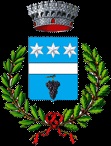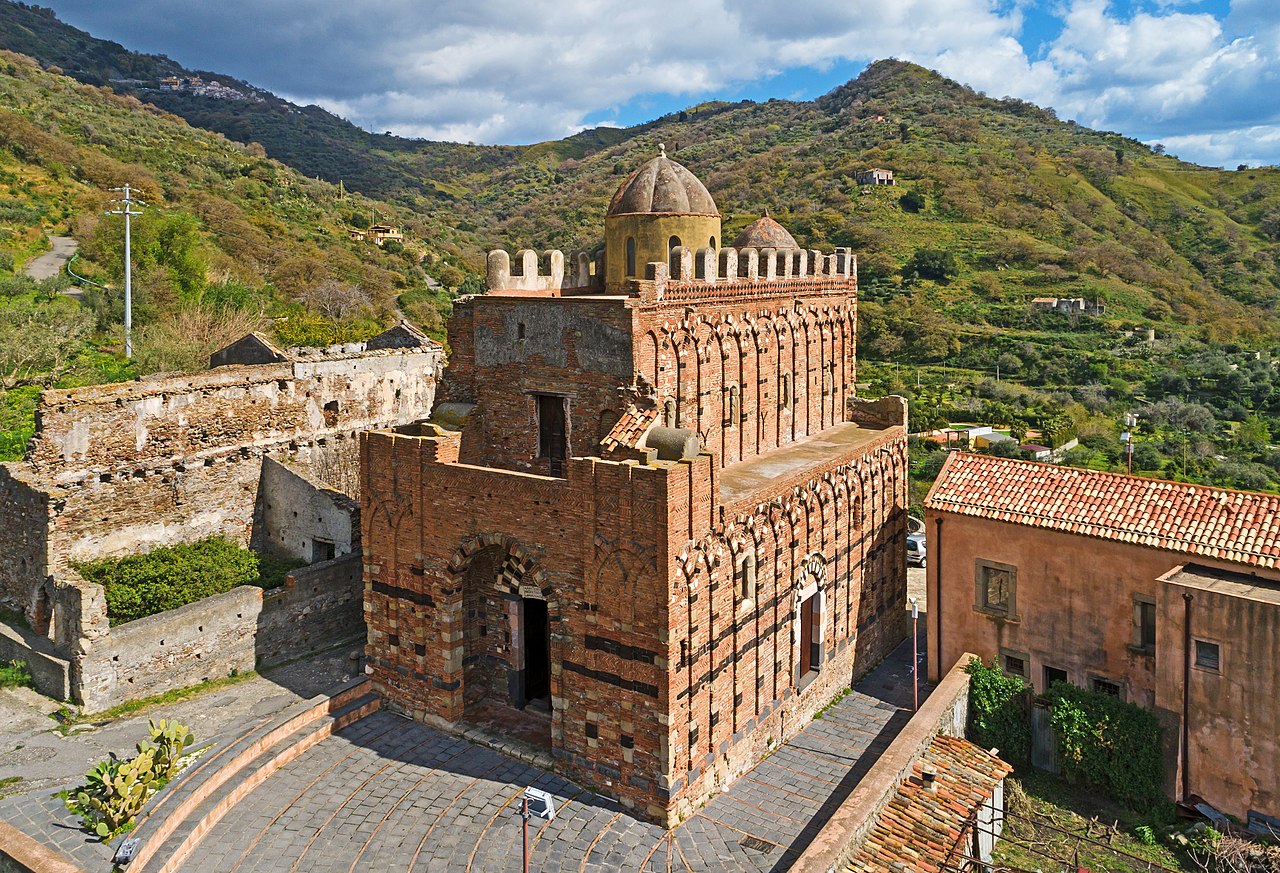

Casalvecchio Siculo è un piccolo paese della provincia di Messina di 737 abitanti, che sorge sulle pendici del monte Sant’Elia a 420 metri s.l.m., circondato dai Monti Peloritani. Con altri sette comuni ionici, il paese fa parte del Consorzio della Valle d'Agrò, che deve il suo nome all’omonimo corso d’acqua che l’ attraversa, e dell'Unione dei comuni delle Valli ioniche dei Peloritani.
Casalvecchio Siculo offre un fantastico panorama che racchiude un ampia area compresa tra l’Etna, lo Stretto di Messina fra la Costa Jonica e quella Calabra.
Il paese ha origine greca e il suo nome Palachorion, cioè vecchio casale, era già noto in epoca bizantina, successivamente mutò il nome in Rus Vetus, poi in Calathabieth, infine per assumere il nome attuale nel 1862. Nel 1139 perse l’autonomia, poiché venne accorpato da Ruggero II alle “Terre di Savoca,” che riacquistò nel 1795 grazie all’intervento di Fra Ludovico di Gesù Maria degli Agostiniani scalzi, la riperse nel 1929 poichè fu riaccorpato a Savoca e S. Teresa di Riva e fu solo nel 1939 che assunse piena autonomia perdendo, tuttavia alcune frazioni. Fino al 1492, anno dell’editto di espulsione del re Ferdinando II d’Aragona, sussisteva un’importante e laboriosa presenza ebraica testimoniata da una via del centro denominata “Strada della Judeca”. Il susseguirsi dell’influenza di arabi e spagnoli rendono il borgo medioevale tra i più belli e vasti della Sicilia Orientale, di grande interesse artistico, religioso e naturalistico. Il Paese presenta un’architettura tipicamente medievale con viuzze e stradine che si susseguono e intersecano fra la chiesa Madre dedicata a S. Onofrio, di S. Teodoro e della SS. Annunziata che hanno ospitato storiche confraternite, di S. Nicolò e quella più importante della Val d’Agrò, la chiesa dei SS. Pietro e Paolo d'Agrò che risale al 560 d.C., restaurata nel 1172, (inserita tra i beni tutelati dalla Soprintendenza del Beni Culturali e Ambientali di Messina nel Parco Archeologico di Naxos-Taormina) la quale presenta una mescolanza di stili tra bizantino, arabo e normanno.
(English)
Casalvecchio Siculo is a small town in the province of Messina of 737 inhabitants, located on the slopes of Mount Sant’Elia at 420 meters above sea level, surrounded by the Peloritani Mountains. With seven other Ionian municipalities, the town is part of the Consortium of the Valle d’Agrò, which owes its name to the homonymous watercourse that flows through it, and the Union of the municipalities of the Ionian Valleys of the Peloritani.
Casalvecchio Siculo offers a fantastic view that includes a large area between Etna, the Strait of Messina between the Ionian and Calabrian Coast.
The town has Greek origin and its name Palachorion, that is ancient farmhouse, was already known in the Byzantine era, then changed the name in Rus Vetus, then in Calathabieth, finally to take the current name in 1862.
In 1139 it lost its autonomy, because it was merged by Roger II to the “Lands of Savoca,” which regained in 1795 thanks to the intervention of Fra Ludovico of Gesu Maria of the augustiniani scalzi, that it re-lost in 1929 because it was reunited to Savoca and S. Teresa Di Riva and it was only in 1939 that it assumed full autonomy, however, losing some fractions.
Until 1492, the year of the edict of expulsion of King Ferdinand II of Aragon, there was an important and hard-working Jewish presence witnessed by a street in the center called “Judeca Road”.
The succession of Arabs and Spaniards influence makes the medieval village one of the most beautiful and wide in Eastern Sicily, of great artistic, religious and naturalistic interest. The town has a typical medieval architecture with streets and alleys that follow one another and intersect between the Mother Church dedicated to St. Onofrio, St. Teodoro and SS. Annunziata which have hosted historical confraternities, of St. Nicolò and the most important one of the Val d’Agrò, the Church of SS. Pietro and Paolo d’Agrò dating back to 560 AD., restored in 1172, (included among the assets protected by the Superintendence of Cultural and Environmental Heritage of Messina in the Archaeological Park of Naxos-Taormina) which presents a mixture of styles between Byzantine, Arabic and Norman.